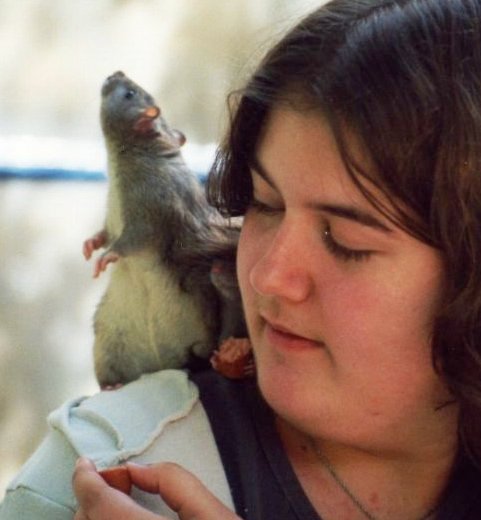Stupid Rats and Evolution
Job 39:13-14, 16-17
“[Gavest thou] the goodly wings unto the peacocks? or wings and feathers unto the ostrich? Which leaveth her eggs in the earth, and warmeth them in dust… She is hardened against her young ones, as though [they were] not hers: her labour is in vain without fear; Because God hath deprived her of wisdom, neither hath he imparted to her understanding.”
Humans have a relatively large brain cortex, and the evolutionary argument has always been: larger brain cortex, more intelligence. In an attempt to prove this theory, researchers at the National Institutes of Mental Health gave pregnant rats a drug that reduced the amount of cortex tissue in the next generation. The researchers expected the  offspring to be less intelligent, but this was not the case. However, they were more aggressive and short tempered, and there was a tendency towards cannibalism; only ten percent of the young made it to adulthood.
offspring to be less intelligent, but this was not the case. However, they were more aggressive and short tempered, and there was a tendency towards cannibalism; only ten percent of the young made it to adulthood.
The researchers then concluded that the larger cortex had less to do with intelligence, but it did enable creatures to deal with complex life situations. In other words, the formula for survival of the fittest had shifted from intelligence to the ability to deal with complex situations. This was claimed to be evidence for evolution. It is well known that prefrontal lobotomy or removing the front part of the brain of human patients does not change intelligence but often leaves the patient antisocial. The truth is, the drugs given to the rats not only reduced the size of the cortex but undoubtedly caused brain damage, leaving them unable to handle complex situations and antisocial. In other words, it is not a matter of simple cause and effect but two effects from one cause. Time and again, the theory of evolution has been found to rest upon such flawed experimental work.
Prayer:
I thank You, Lord, for my brain and all my senses. Help me to love You with all my heart, mind and soul. Help me to employ these to bear witness of You in our dark and confused world. Amen.
Notes:
“Evolution of the Cortex.” Science News, Vol. 122, p. 76. Photo: Domesticated rat. Courtesy of Joanna Servaes. Licensed under the Creative Commons Attribution-Share Alike 3.0 Unported license.